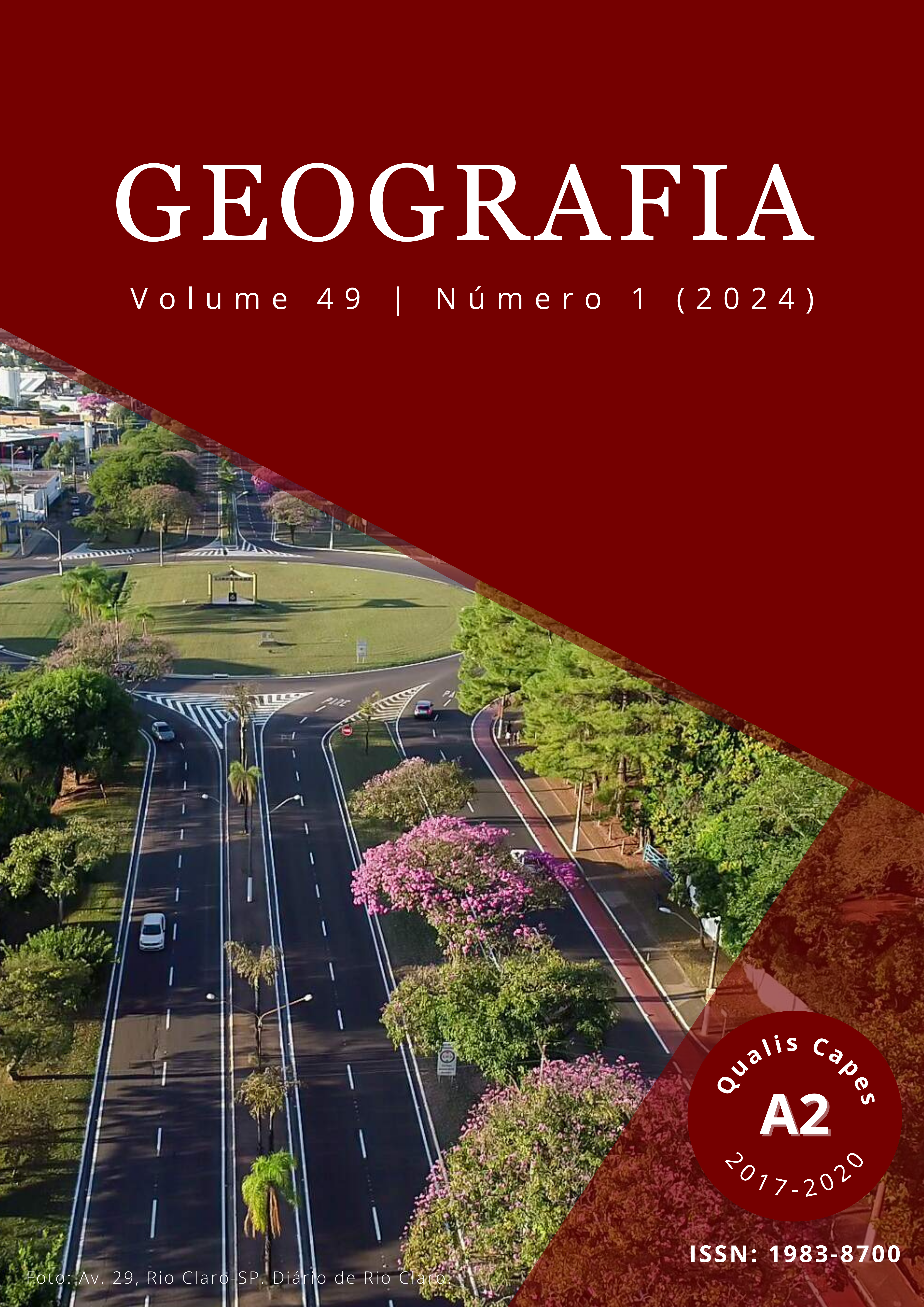Graphical modeling to the traditional way of life settlement unit in São Paulo, Brazil
DOI:
https://doi.org/10.5016/geografia.v49i1.17397Abstract
The rural neighborhood was historically the unit by which traditional communities were organized in the context of São Paulo. It is an ancient form of settlement that preserves important social and environmental practices. The need for more specific parameters for the identification and recognition of these communities is the main challenge in the implementation of policies that guarantee their rights. Therefore, chorematic is a fundamental exercise in mapping, research, and communication. As a graphical modeling method, its focus is to detect the fundamental structures of the territory and represent them by choremes. Thus, the aim is to propose a chorematic modeling to the traditional territory in São Paulo – understood as a rural neighborhood. The characterization of this unit, supported by the models elaborated, was structured in two topics: conformation and reproduction; management, and traditional economics. With complexities still to be incorporated, the models proved to be relevant by graphically translating a set of theoretical characterizations, allowing an objective review and a geographical reading of the structures and domains that are elemental to the traditional territory.
Downloads
Published
Issue
Section
License
Copyright (c) 2024 GEOGRAFIA

This work is licensed under a Creative Commons Attribution 4.0 International License.
The authors maintain the copyright and grant GEOGRAFIA the right of first publication, with the articles simultaneously licensed under the Creative Commons BY 4.0 License, which allows sharing and adapting the articles for any purpose, as long as appropriate credits and provisions of image rights, privacy or moral rights. Other legal attributions can be accessed at: https://creativecommons.org/licenses/by/4.0/legalcode.en.
Geography, Rio Claro, SP, Brazil - eISSN 1983-8700 is licensed under the Creative Commons BY 4.0 License.





